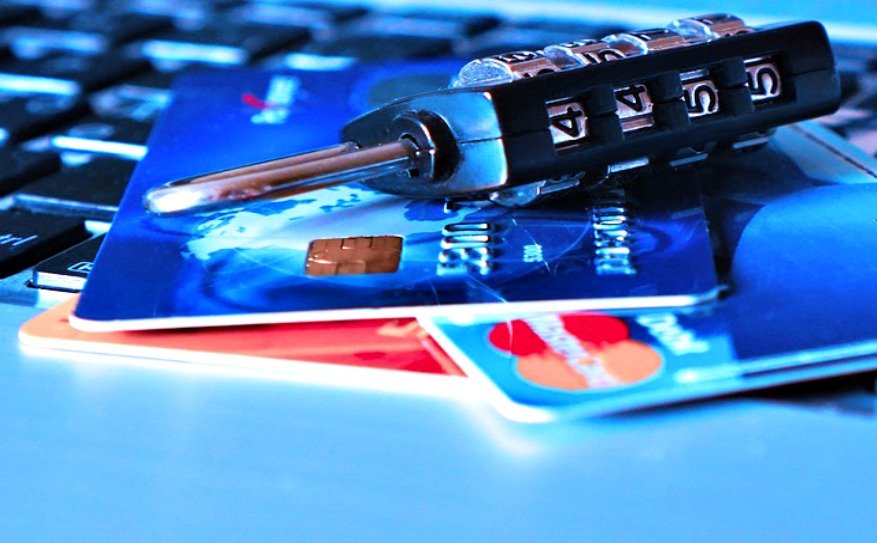What is PCI DSS And Other Frequently Asked Questions?

The Payment Card Industry Data Security Standards (PCI DSS) is a standard to ensure secure card-based transactions and secure cardholders from hackers’ reach and hence from identity data loss. The PCI DSS standards were established 2004 by the well-known-card companies: MasterCard, Visa, Discover and American Express.
The PCI DSS determines and expounds on six noteworthy goals.
Initially, a system with optimized protection should be organized to deal with transactions. This necessity includes the utilization of firewalls that are sufficiently vigorous to be efficient without making undue hassles to cardholders or sellers. Specific firewalls are accessible for remote LANs, which are exceptionally vulnerable to malware attacks. What’s more, confirmation information, for example, individual distinguishing Personal Identification Numbers (PINs) and passwords must not include defaults provided by the sellers.
Second, cardholder data must be ensured protection wherever it is put to use Vaults with critical information, for example, dates of birth, Social Security numbers, telephone numbers and street numbers ought to be secure against hacking. At the point when cardholder information is transmitted through open systems, that information must be encoded in a compelling way. Advanced encryption is critical in all types of credit card exchanges, yet especially in web based business directed on the Internet.
Third, frameworks ought to be secured against the exercises of malevolent programmers by utilizing as often as possible refreshed hostile to infection programming, hostile to spyware programs, and other against malware arrangements. All applications ought to be free of bugs and vulnerabilities that may open way to abuses in which cardholder information could be stolen or changed. Patches offered by programming and operating system(OS) merchants ought to be routinely introduced to guarantee the most noteworthy levels of vulnerability administration.
Fourth, access to framework data and operations are to be limited and controlled. Cardholders ought not need to give data to organizations unless those organizations must realize that data to ensure themselves and successfully do an exchange. Each individual who utilizes a PC in the framework must be doled out a one of a kind and private recognizable proof name or number. Cardholder information ought to be secured both physically and electronically. Certain instances incorporate the utilization of evasion of superfluous paper record redundancy to debilitate hackers who might somehow scrounge through the junk.
Fifth, systems must be always checked and frequently tried to guarantee that all safety efforts and procedures are organized and are working legitimately, and are kept up-do-date. For instance, hostile to infection and against spyware projects ought to be furnished with the most recent definitions and marks. These projects should check every single data that are exchanged, all applications, all Random Access Memory (RAM) and all storage media much of the time if not on a regular basis.
Sixth, a formal data security strategy must be organized and taken after constantly. Requirement measures, for example, reviews and penalties for being non-compliant might be essential.